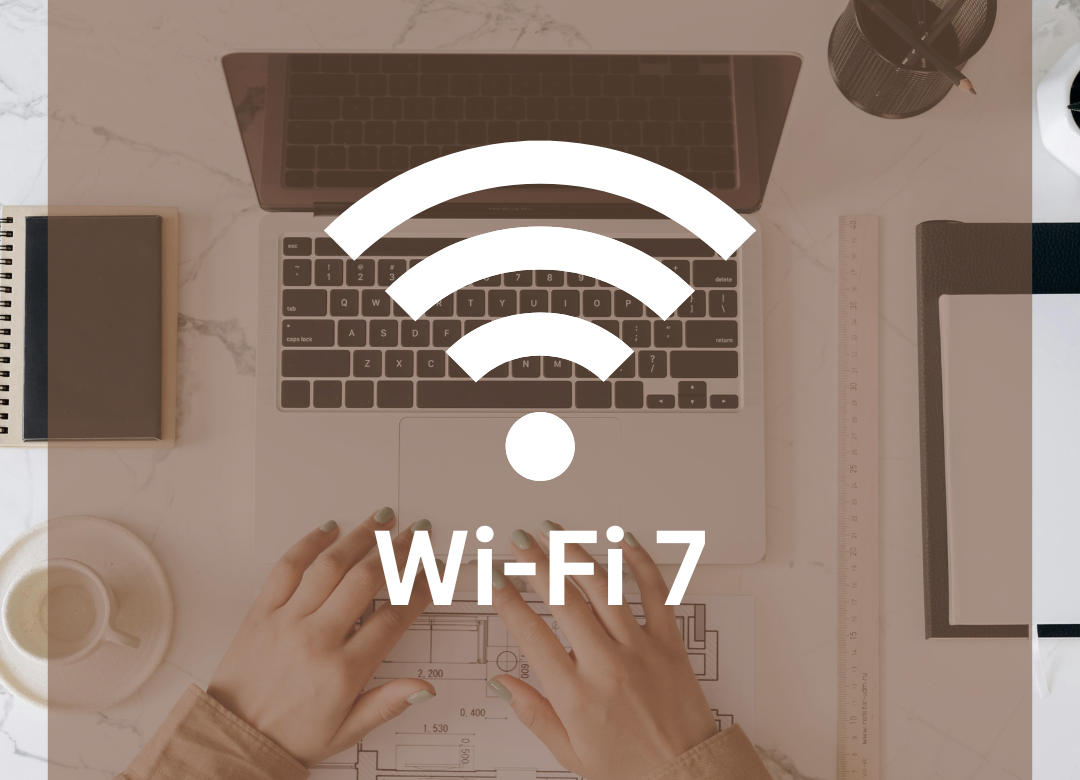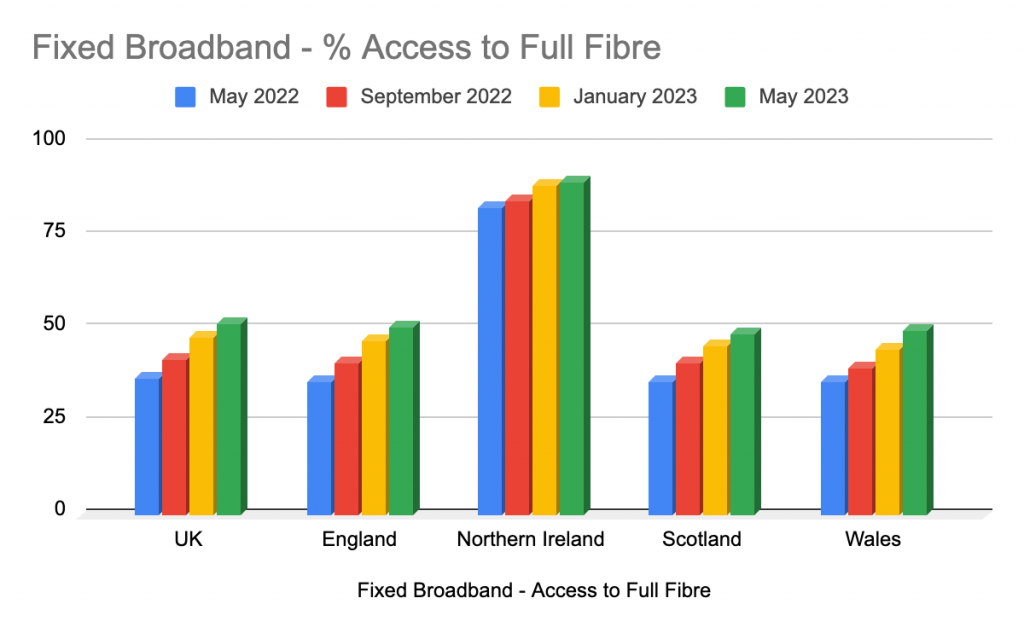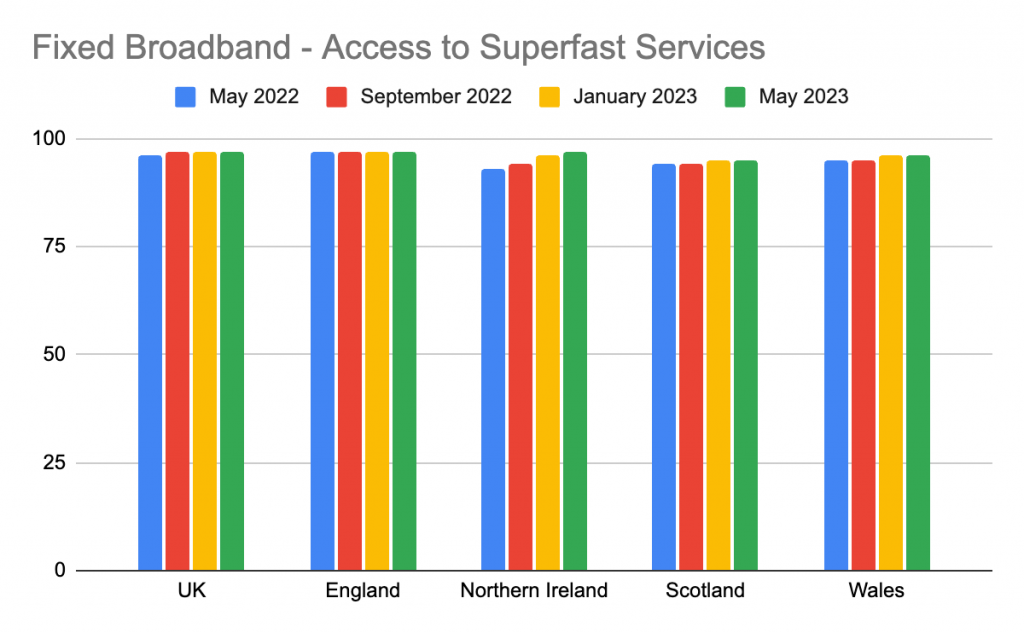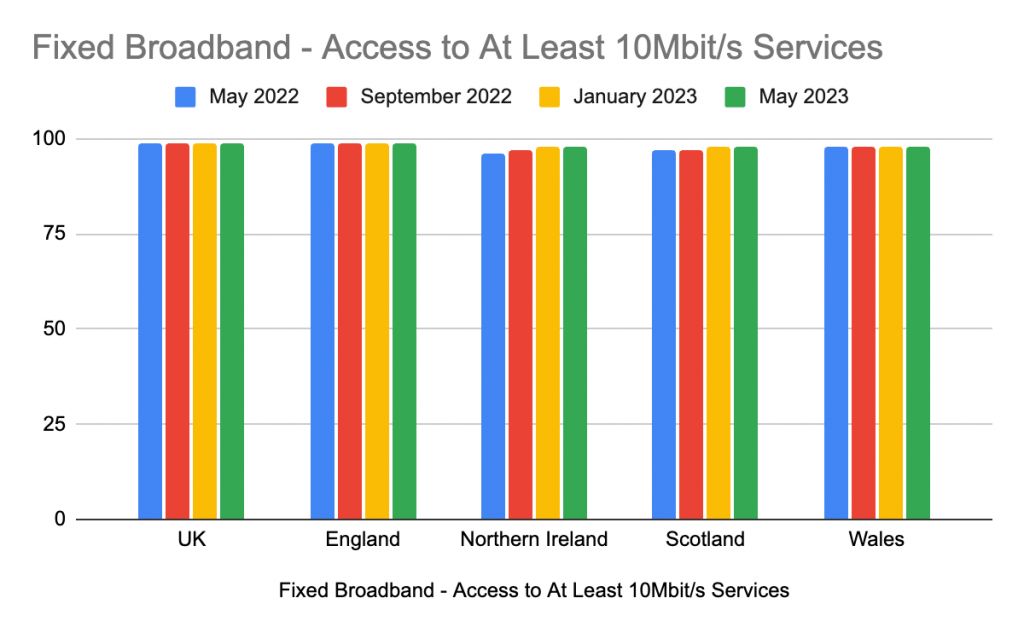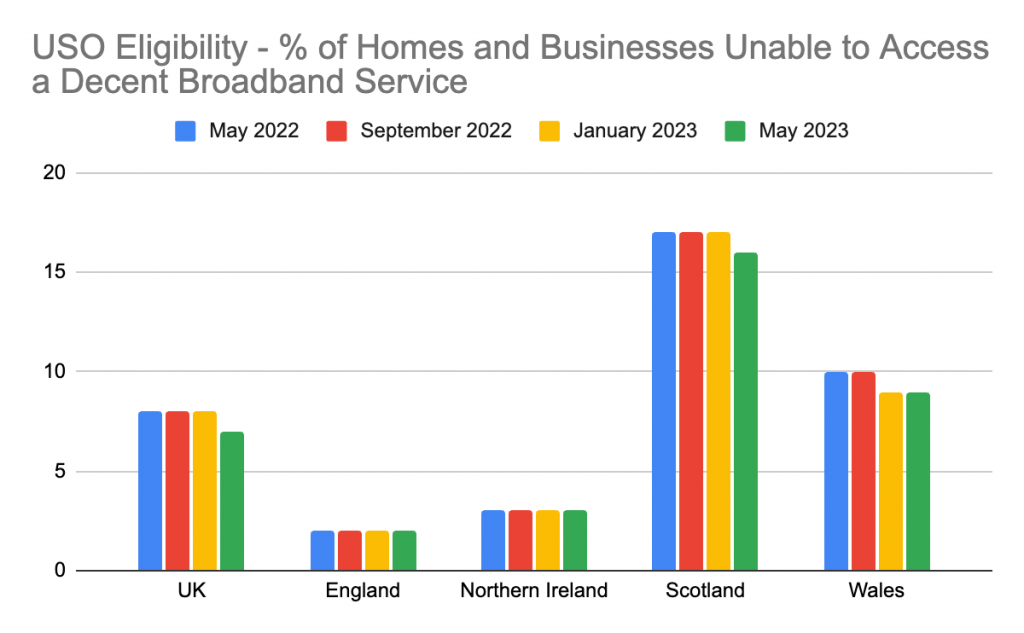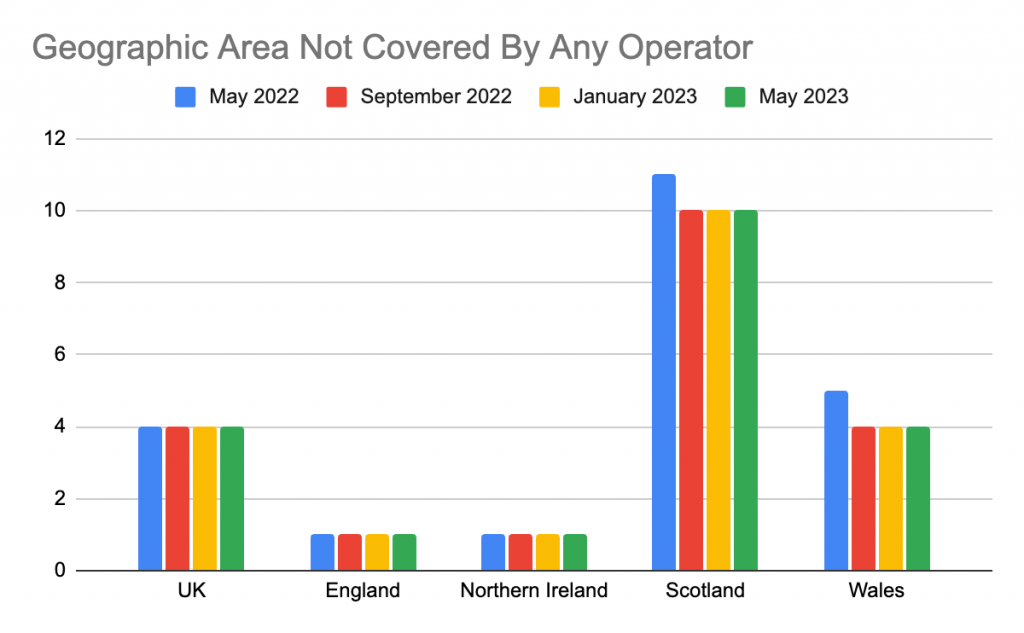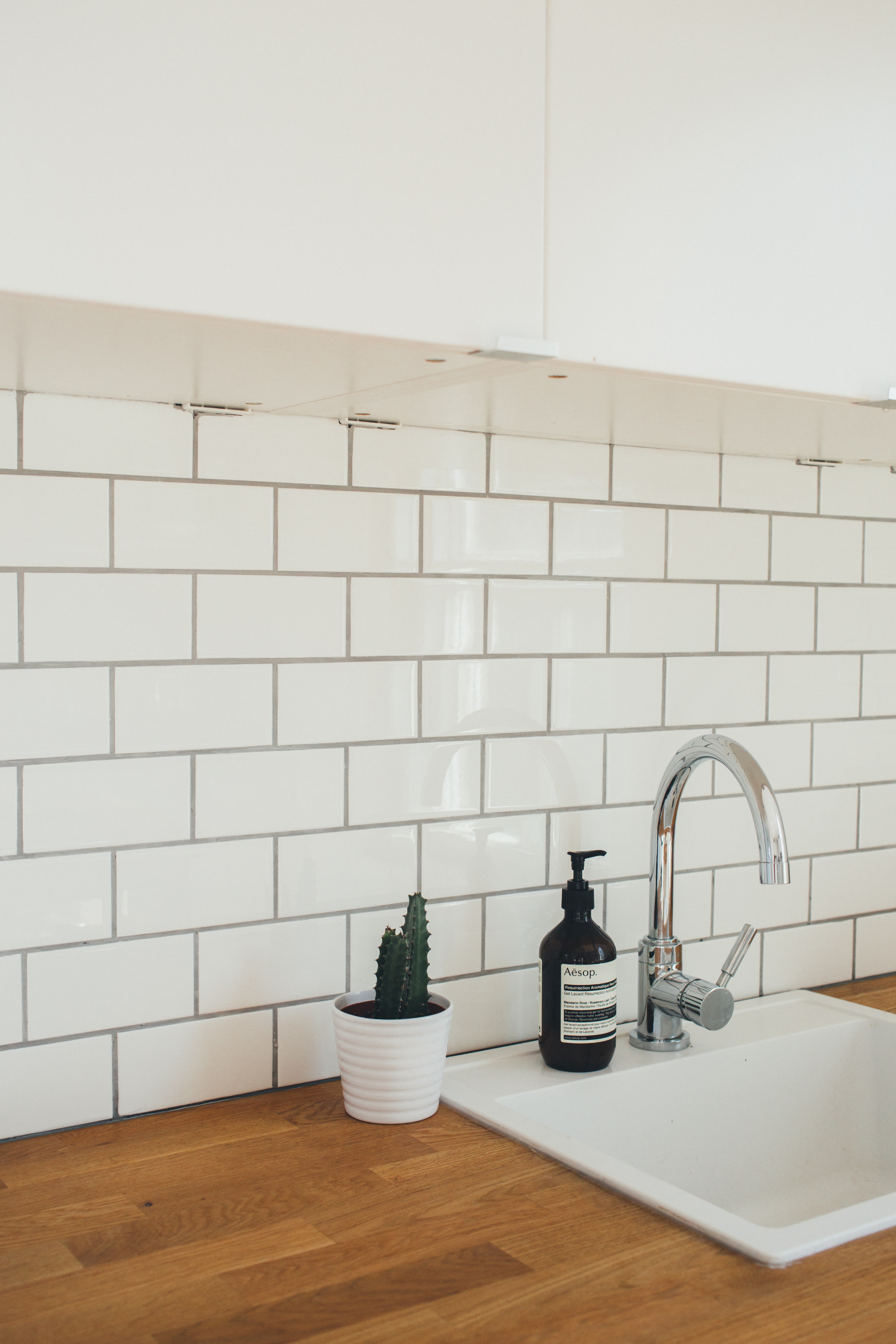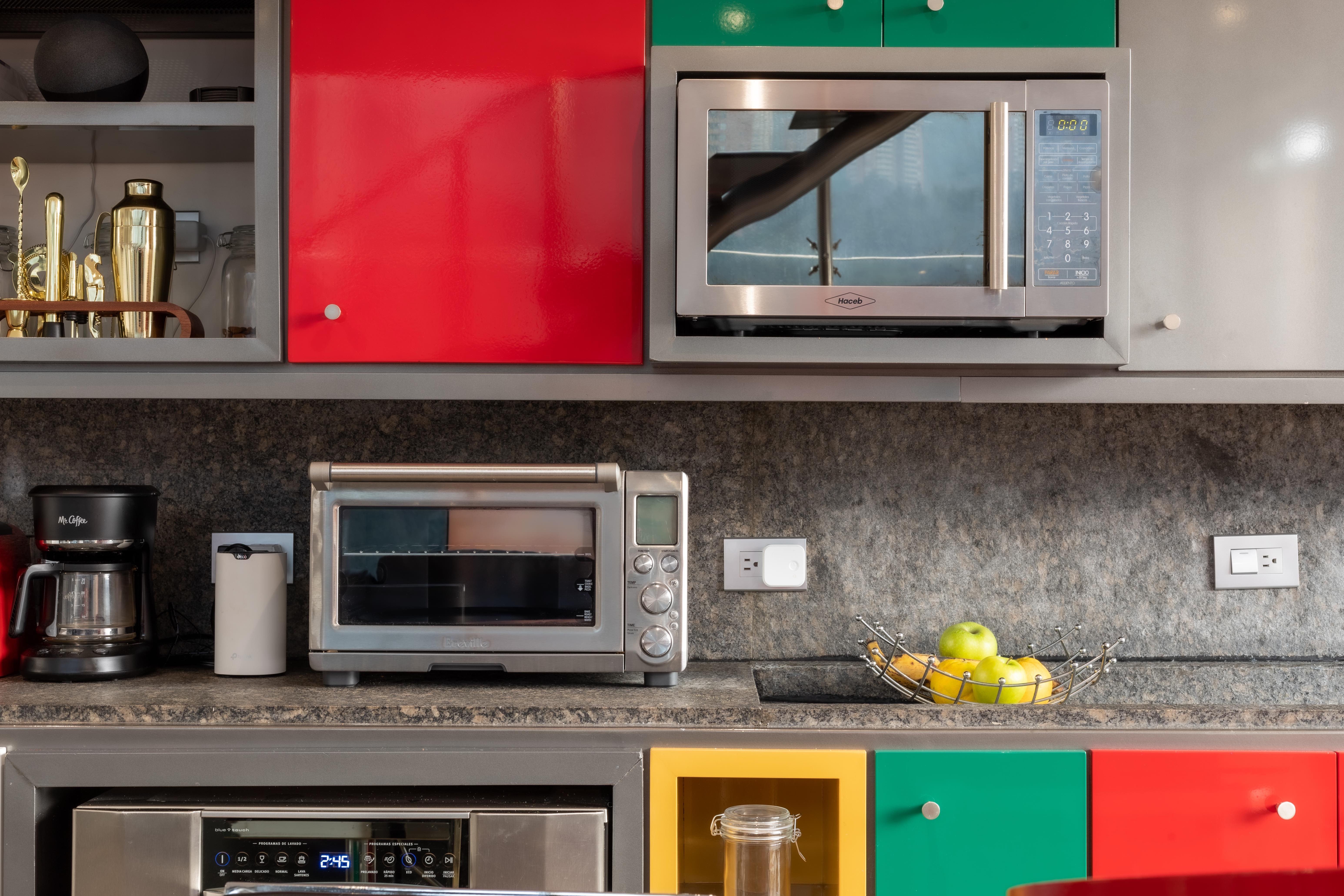We’ve been enjoying much sunshine here in the South of the UK these last few weeks, complete with a mini heatwave back in April. Around that time some delightful media outlets were circulating articles, scaring internet users into thinking that the higher-than-usual temperatures were going to wipe out their Wi-Fi and block their broadband. So is this fact or fiction?
Despite the odd Spring rain shower here and there, we’re set for more warm weather over the next fortnight, so we thought it as good a time as any to set the record straight about Wi-Fi in hot weather and hopefully put your minds at rest by answering your frequently asked questions.
“Will my broadband stop working in hot weather?”
The simplest answer is no. Hot weather is unlikely to disrupt your internet connection if you are exercising some common sense that you would extend to all electrical devices. In other words, if you keep your router out of direct sunlight then you’re not likely to run into heat-related problems.
“Has a heatwave ever caused a Wi-Fi outage?”
Technically, the answer is still no. However due to an unprecedented and extreme (albeit brief) heatwave back in July 2022 where UK temperatures soared to 40 degrees for the first time, internet service providers did take measures to protect broadband cabinets.
Over the course of 4 days, 2 of which recorded extreme temperatures, some ISP’s re-deployed engineers to monitor the cabinets and keep them as cool as possible. Hilariously, this included sheltering them from the sun with umbrellas and leaving the doors open to increase air flow. This novel approach in such unprecedented heat appeared to work, with no reported outages across various network providers.
“Can routers and other internet hardware overheat?”
As we’re sure you are aware, most electronic devices emit at least a small amount of heat, and that includes your router. This means that theoretically, it is possible that your router could overheat in high temperatures.
Thankfully, most manufacturers of said hardware take this into consideration when designing their devices, meaning that most are able to operate at temperatures of up to approximately 40 degrees (check with your manufacturer for specifics).
There is a chance that devices and hardware could continue to function in temperatures exceeding their stated tolerance, but that is of course dependent on individual experience and will vary between manufacturers.
Let’s not forget that our broadband router isn’t the only device or piece of hardware that could struggle in high temperatures. Smartphones, tablets, laptops and other electronic devices could also experience problems if we were to experience a heatwave.
“What happens if a router overheats?”
If a router becomes close to overheating or does indeed overheat, the first thing to happen will be an attempt to lower the heat output to protect itself from damage. This will likely lead to a degradation in performance instigated by the device’s processor and affect response times on the device’s user interface. This would likely then impact your LAN in terms of connection stability and Wi-Fi speed.
Most electronic devices, including routers, will restart themselves if they get too hot. Despite potentially causing your connection to drop, this should resolve itself quite quickly and cause minimal problems once it’s back online.
Complete hardware failure due to overheating is rare, and certainly not something we would expect to see in temperatures sitting in the mid-twenties. We’ll check back in in July if we’re approaching 40 degrees again.
Keep Your Connection Cool This Summer By Following These Warm Weather Wi-Fi Tips
Hopefully you are already in the Common Sense Club where you keep electricals out of direct sunlight and away from other sources of heat. Keep doing what you’re doing!
Here are a few other tips to keep your Wi-Fi from wilting in the warmer weather.
- Choose the coolest room possible to place your router. This is usually a room downstairs and with thick external walls. Of course, the coolest place in the house may not be the most conducive to a reliable, strong connection throughout your home so you will have to weigh up the pros and cons.
- Locate your router on a surface that enables good air flow and the ability for heat to escape. Wall-mounted can be a great option, although do bear in mind whether the wall is south facing and radiating absorbed heat from outside.
- If we were to experience a heatwave similar to the one in 2022, then purchasing a cooling mat for your router could be a useful option. An similar alternative would be to point a standard fan in the direction of the router to keep the air as cool as possible and improve air flow around the device.
- Did you know that you can disable non-critical router services? If not then perhaps it’s best you don’t try. If yes and we’ve just reminded you, then you could try lessening the load, thus reducing heat output and hopefully increasing functionality in extreme hot weather.
- If your router is overheating due to indoor temperatures and you don’t actually need it to be switched on, then consider turning it off for a while to cool down. We do not recommend doing this often (not more than once in a day) and especially not if you are on an DSL/ ADSL/ FTTC connection.
- In general, older devices are less tolerant to heat and are more likely to overheat. It could be worth considering replacing an old router for a newer model if you encounter persistent connection problems in hotter weather.
If the temperature outside is pushing 40 degrees like July 2022, then it’s likely you’ll be hanging out by the fridge door and/or dousing yourself in ice water. These might cool you down but are definitely not recommended for your router unfortunately.
If your house is 40+ degrees and your router is struggling to function then it might be time to step away from the internet and go outside to find a shady spot with as much breeze as possible.
But for the time being, let’s enjoy these comfortably warm mid-twenty days with a strong, steady Wi-Fi connection in one hand and a cold beer in the other.




